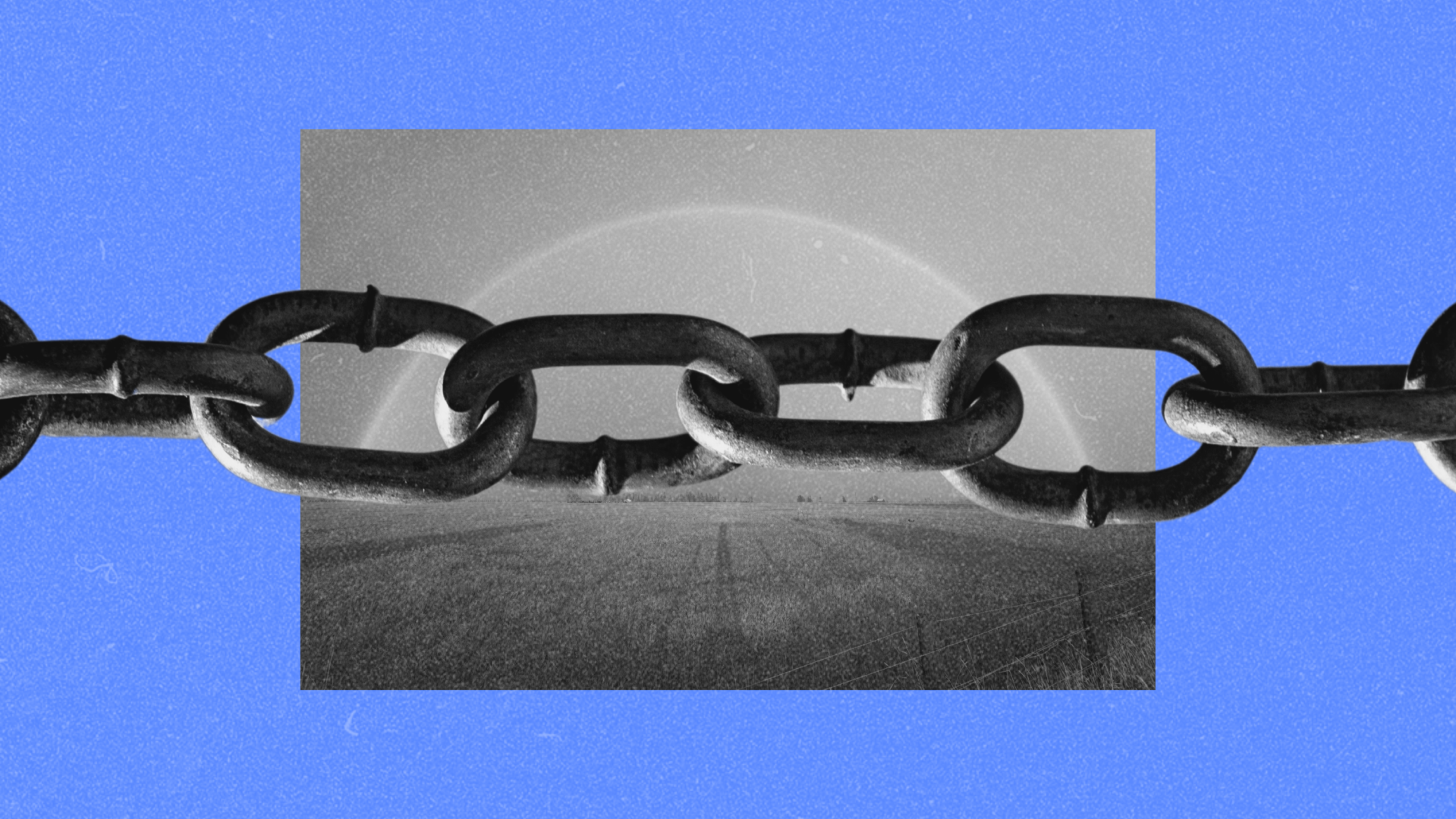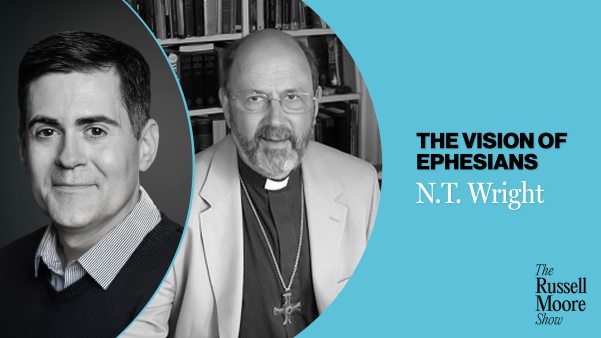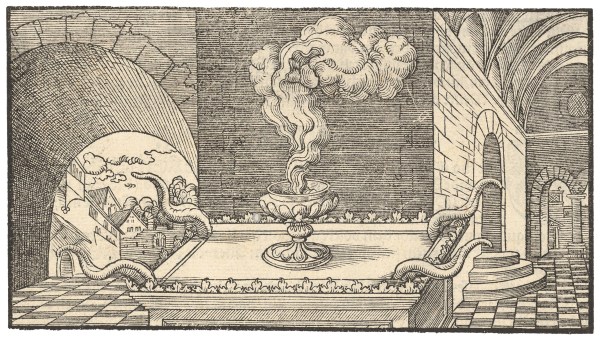In 1737, Jonathan Edwards published A Faithful Narrative of the Surprising Work of God, one of the earliest written evangelical accounts describing the Great Awakening. In it, Edwards mentions that the religious revivals that swept through the American colonies drew “several Negros.” Yet in his telling, they are voiceless and passive.
Books, essays, and articles written by evangelical historians since then have largely followed in Edwards’s footsteps. Typically, the story of early American evangelicalism focuses on white male revival leaders, with marginal glances toward Black people. As a result, many—if not most—people carry a skewed perception of early evangelicalism and the diversity present in its days.
While it’s true that figures like Edwards and evangelist George Whitefield are notable voices in American Christian history, the rise of evangelicalism was also aided by Black leaders such as John Marrant, George Liele, Phillis Wheatley, and others who helped shepherd and spread the nascent movement. The evangelical revivals of their day came amid chattel slavery and the stark racial divisions pervasive throughout early America. But by God’s grace, the revivals still managed to bleed through color lines, bringing together Africans, Europeans, and Native Americans in exuberant worship.
The story of Marrant, who first appeared on the evangelical scene as a disciple of Whitefield, offers a window into this remarkable period. In 1775, Marrant was born into a free Black family in New York, which allowed slavery at the time. Four years later, his father died, leaving his mother as the sole breadwinner. In search of work, she moved the family from Florida to Georgia before ultimately settling in Charleston, South Carolina.
Marrant found early success as a trained musician, excelling in horn and violin. His achievement, however, appears to have led him down a bad path. By age 13, he described himself as “devoted to pleasure and drinking in iniquity like water.”
Around that time, Marrant and a friend noticed a crowded gathering at a nearby church. His friend dared him to disturb the meeting by blowing his French horn while the preacher was speaking. As Marrant entered, the preacher, who happened to be Whitefield, disturbed Marrant by locking his eyes with the young man and pointing his finger at him. Then, Whitefield announced his text for the night: Amos 4:12 (“Prepare to meet thy God, O Israel,” KJV). Marrant fainted on the spot.
He later recounted the incident in his 1785 book, A Narrative of the Lord’s Wonderful Dealings with John Marrant, A Black. Of that eventful night he recalled, “The Lord accompanied the word with such power, that I was struck to the ground, and lay both speechless and senseless near half an hour.”
His book would go on to depict Whitefield, with tender pastoral love, grasping his hand to lead him in prayer. Detailing the moment of his conversion, Marrant relayed, “The Lord was pleased to set my soul at perfect liberty, and being filled with joy I began to praise the Lord immediately.” Whitefield would visit Marrant many more times while in Charleston, and the two strengthened their friendship as builders of a small Calvinistic branch of Methodism.
As with many evangelical converts of his day, Marrant’s faith had an immediate effect on his life. He engrossed himself in the Scriptures and began to share his faith. As a teenager, his passion led him to be a missionary to the Cherokee Nation in what is now northern Georgia. He became fluent in the Cherokee language and spent two years with the Native Americans before returning to Charleston, where he ministered to many slaves.
At the outbreak of the Revolutionary War, Marrant enlisted and sided with the British as a Loyalist. Though his biography doesn’t say why, it’s likely that he, even as a free man, wanted a more secure future. And the British, who offered freedom to enslaved Africans who sided with them, were a better bet.
Afterwards, Marrant was transported to England, where he continued his ministry among white evangelical enthusiasts. By 1785, he was ordained by a society of churches called “Huntington’s Connexion” and sent to Nova Scotia to pastor a congregation of Black Loyalists who settled there after the war. His fire for revival continued as he entered Canadian shores. In 1790, he published A Journal of the Rev. John Marrant, in which he recounted his initial months in Nova Scotia preaching to large crowds of Black, white, and Indigenous groups alike.
While Marrant’s life was extraordinary in many ways, it is also emblematic of early Black evangelicalism.
From the first Great Awakening, Black Americans shared their faith evangelistically, becoming leaders and pastors who helped spread the evangelical tradition. Some who were enslaved, like Jupiter Hammon, ministered primarily to their own people. Others, such as Ukawsaw Gronniosaw, were emancipated by evangelical masters and shared the gospel beyond the confines of racial and national barriers.
The impact of Black Americans also extended beyond North America. Black evangelicals participated in the transnational network of evangelicalism, particularly in England, where their incipient conversion stories were published. Some preached the gospel and did ministry work in England. And their writings, such as those by Gronniosaw and poet Phillis Wheatley, showed them to be witnesses—and participants—of the Holy Spirit’s extraordinary activity in the American revivals.
In the late 18th century, as the Second Great Awakening emerged along with abolitionist fervor, the number of Black evangelicals—both slave and free—grew dramatically. Their rise coincided with a boom in Methodist and Baptist churches. During this time, Southern Black evangelical pastors, church planters, and missionaries, such as Liele and David George, ministered both cross-culturally and internationally.
In a racially stratified environment, early evangelicalism was especially attractive to enslaved people, as it offered hope that Christianity would overcome racial divides and the brutal institution of slavery. But in the years following the Revolutionary War, white Southern evangelicals largely severed the tie between evangelicalism and abolitionism in their region.
In his book Slave Religion, Albert Raboteau, a scholar of African American religious history, noted that among many white evangelicals at the time, slavery was increasingly “not only accepted as an economic fact of life, but defended as a positive good.” As they saw it, the institution was “sanctioned by Scripture and capable of producing a Christian social order based on the observance of mutual duty, slave to master and master to slave.”
Baptist and Methodist denominations, which held the largest number of Black people saved through revivals, split into proslavery and antislavery camps. Among white evangelicals, the fracture happened primarily along Northern and Southern lines. At the same time, Black evangelicals were increasingly uniting against the practice.
As Northern states moved toward abolition following the Revolutionary War, Black evangelical slaves openly petitioned for freedom based on their Christian convictions. Evangelical Biblicism had opened the way for enslaved people in the North to have limited access to education, helping them—for the first time—read the Bible for themselves. Using their education, they advocated for themselves in entreaties and petitions that argued slavery was against the “whole tenor of the Christian religion.”
In the South, runaway slaves who were part of evangelical denominations produced numerous autobiographies in the decades leading up to the Civil War. Among the most famous, Narrative of the Life of Frederick Douglass, an American Slave, showed that slaves were rejecting pro-slavery doctrines.
As time went on, ties between white and Black Christians become more strained by the persistence of slavery and the determination of Black evangelicals to challenge it.
Marrant’s own life displayed this tension. His close friend, Whitefield, had begun his ministry as a denouncer of slavery. But the economic instability of running an orphanage in Georgia—coupled with the desire for free labor—led Whitefield to change his view. He publicly advocated in favor of the peculiar institution, which he also saw as an instrument for Christianization. Whitefield’s orbit then followed suit.
Soon enough, Marrant’s small collective of Calvinistic Methodists became surrounded by slaveholding evangelicals who sought to steer him away from arguments against slavery.
The editor of Marrant’s first book—which detailed his conversion, early missionary journey, and ministry work—removed his criticisms of proslavery theology, including references to the racist violence he witnessed from white people in Charleston. Refusing to be silenced, Marrant republished the work with direct supervision and incorporated his antislavery theology. In doing so, his once widely cross-cultural ministry increasingly became situated among like-minded Black evangelicals.
In different regions, denominations, and hush harbors, Black evangelicals formed communities where they could freely express their convictions. Eventually, their collective organizing culminated in the rise of the Black church in America.
Because evangelicals largely separated by race into their own corners, their shared history also parted ways. In universities, the history of the early Black church found a home in Africana studies, which focused more on the growth of Christianity among Black people and less on the type of Christianity they practiced. In contrast, the written history of early evangelicalism predominantly followed the lives of its white leaders and subscribers.
But even though we’ve inherited segregated stories, history paints a picture of an integrated story in which Black evangelicals always existed.
Jessica Janvier is an academic whose focus crosses the intersections of African American religious history and church history. She teaches at Meachum School of Haymanot and works in the Intercultural Studies Department at Columbia International University.

















